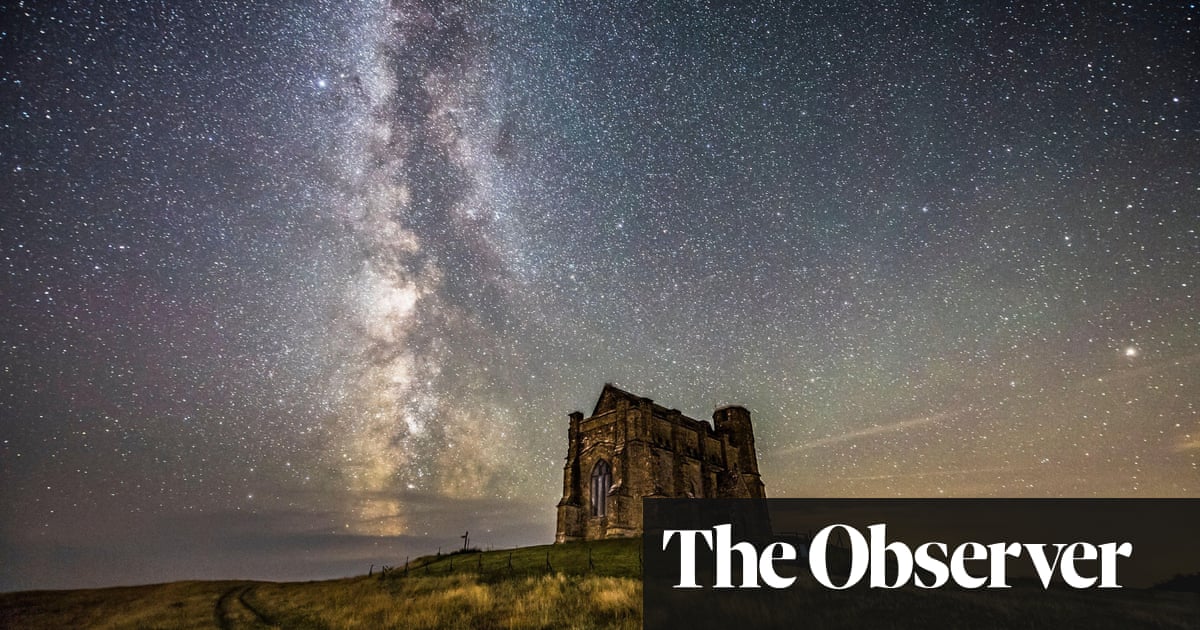‘We’re trying to find the shape of space’: scientists wonder if the universe is like a doughnut

🌈 Abstract
The article discusses the possibility that the entire universe may have a hyperdimensional "doughnut" or 3-torus shape, and the ongoing efforts by scientists to determine the topology and curvature of the universe.
🙋 Q&A
[01] The Possibility of a Doughnut-Shaped Universe
1. What is the "doughnut" or 3-torus shape that the universe may have? The article explains that the 3-torus is a possible topology for the shape of the entire universe, where the universe has a finite volume but no edges - if you travel far enough, you end up back where you started, similar to the screen of a video game.
2. What are the implications of the universe having a 3-torus topology? If the universe has a 3-torus topology, it would mean that if you could look out across the entire universe, you would see endless copies of yourself in all directions, like a 3D hall of mirrors. Other more complex topologies could result in the copies being slightly shifted or twisted.
3. How are scientists trying to detect this potential 3-torus shape? Astronomers are looking for signs of this topology in the cosmic microwave background (CMB) - the faint glow of heat left over from the Big Bang. If the universe has a finite volume, the copies or duplicates of structures like galaxies should leave traces in the temperature variations of the CMB that could be detected.
[02] Challenges in Determining the Universe's Topology
1. What are some of the challenges in detecting the topology of the universe?
- The temperature variations in the CMB are very faint and random, making it difficult to detect any non-random patterns that would indicate a non-trivial topology.
- Some topologies would shift the duplicates around, making them harder to recognize.
- There are an infinite number of possible topologies to consider, each with unique predictions, making it impossible to test them all.
2. What are the prospects for future observations to help determine the topology?
- Upcoming projects like the CMB Stage 4 and instruments like the Euclid space telescope and the SKA Observatory may provide more detailed data on the matter distribution in the observable universe, which could help constrain the possible topologies.
- However, the researchers believe the CMB alone may not definitively answer the topology question, and a combination of all available astronomical data may be needed.
3. What are the implications if the universe is found to have a finite, non-trivial topology?
- A detection of a compact, finite universe would be a major discovery, as it would rule out certain versions of string theory that predict an infinite, flat universe.
- It could also provide insights into the origin and early evolution of the universe, as a finite topology is considered more "natural" than an infinite, flat space.